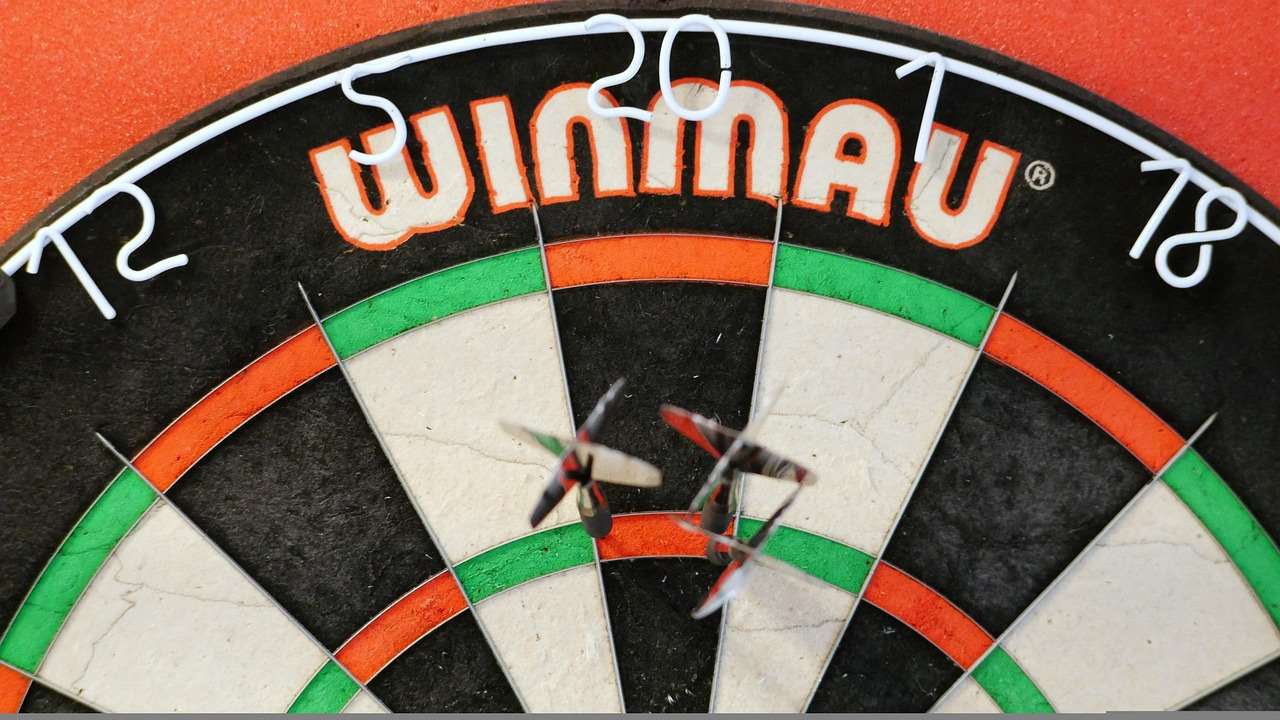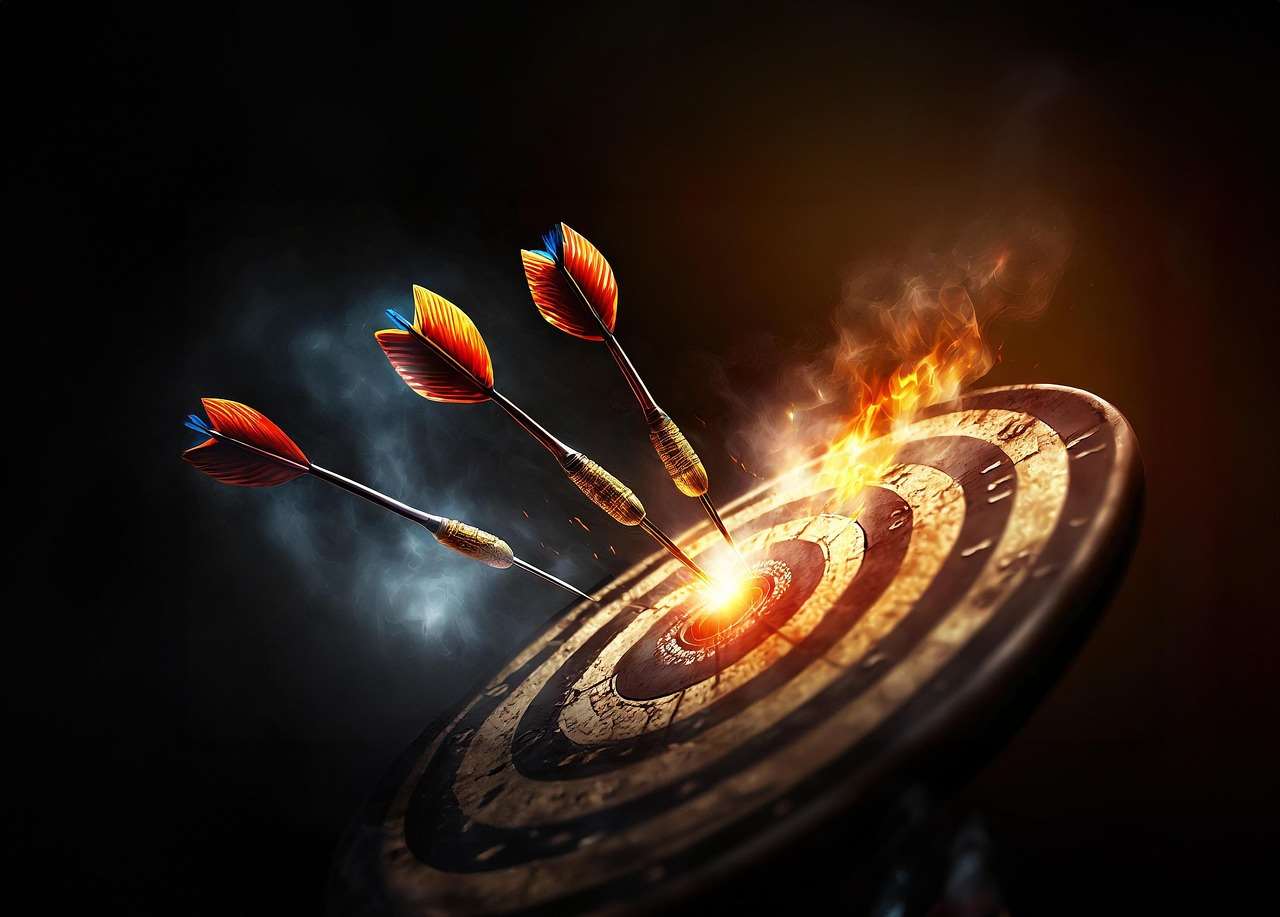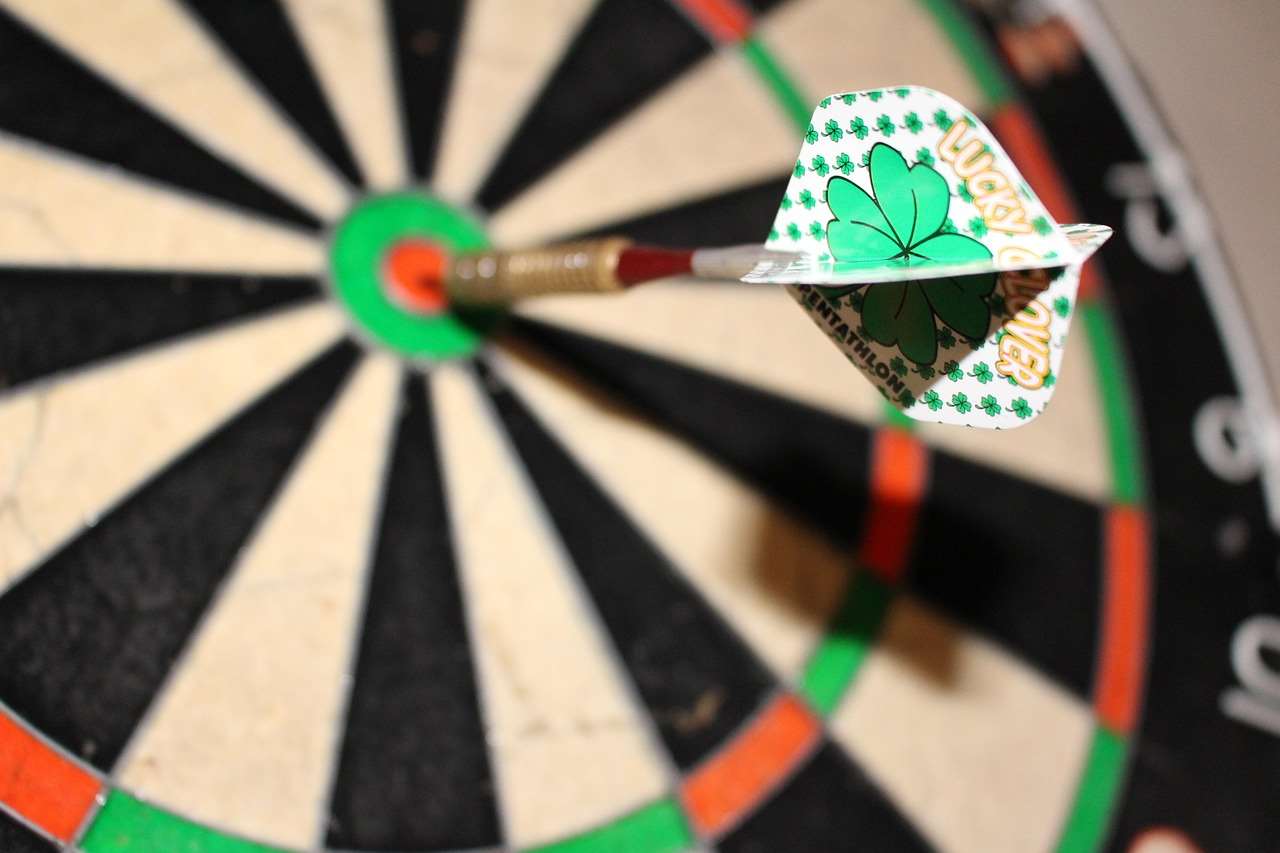Understanding 501 variants common questions is crucial for any darts enthusiast looking to expand their game beyond the basics. This article addresses those very questions, providing clear explanations and strategies. We’ll explore various aspects of 501 darts, from its core rules to tactical variations and frequently asked queries.
⚠️ Still Using Pen & Paper (or a Chalkboard)?! ⚠️
Step into the future! The Dart Counter App handles all the scoring, suggests checkouts, and tracks your stats automatically. It's easier than you think!
Try the Smart Dart Counter App FREE!Ready for an upgrade? Click above!
Understanding the Basics: 501 Variants Common Questions Addressed
The game of 501 is a cornerstone of darts, but often players have common questions about its nuances and how different rules affect gameplay. Let’s dive into some of the most frequent queries:

What are the Fundamental Rules of 501 Darts?
At its core, 501 darts involves each player or team starting with a score of 501 and taking turns throwing three darts to reduce their score to exactly zero. The catch? The final dart thrown must be a double. This requirement is often what trips up new players and leads to strategic gameplay adjustments.
- Starting Score: 501 for each player/team.
- Objective: Reduce score to exactly zero.
- Final Dart: Must be a double.
- Bust: If a player scores more than the remaining points, the score reverts to what it was at the start of that round.
What Happens if I “Bust”?
Busting is a common occurrence, especially for beginners. A “bust” happens when a player scores more points than they need, or if they reduce their score to one (which makes it impossible to finish on a double). In such cases, the player’s score reverts to what it was at the beginning of that turn, essentially wasting those three darts.
Effective strategy involves planning your shots to avoid potential busts. This often means aiming for specific numbers that leave you with a manageable double to finish.
Tactical Considerations in 501 Play
Beyond the basic rules, 501 offers a wealth of tactical depth. Understanding these strategies can significantly improve your game. Here we will discuss more 501 variants common questions.

What are Some Common Opening Strategies?
Many players opt for the 20s segment with their opening darts. The goal is to rack up points quickly. However, aiming for the triple 20 (60 points) with each dart can be risky, as missing the triple and landing in the single 5 or single 1 can be detrimental. Some players prefer a more conservative approach, aiming for the single 20 to ensure they consistently score.
Consider these opening strategies:
- Triple 20 Focus: High risk, high reward.
- Single 20 Consistency: Lower risk, consistent scoring.
- Mixing It Up: Alternate between triple and single 20 attempts based on feel and confidence.
How Do I Choose the Right Doubles to Finish?
Selecting the right double to aim for is crucial for closing out a game of 501. Common doubles like double 20 (40) and double 16 (32) are popular due to their relatively large target area. However, the best double for you depends on the score you need and your comfort level with different parts of the board.
For example, if you have 32 left, double 16 is the obvious choice. But if you have an odd number remaining, you need to hit a single number that leaves an even number, which then leads to a double.
Explore some Darts Variants Fun Games that will get you thinking strategically.
Addressing Specific 501 Scenarios
Certain situations in 501 darts often lead to confusion. Let’s clarify some specific scenarios that generate 501 variants common questions.

What Happens if I Accidentally Hit the Wrong Double?
If you accidentally hit a double that results in a score of zero, but it’s not the double you intended, it still counts. As long as your final dart is a double and brings the score down to exactly zero, you win the leg.
This can sometimes lead to fortunate accidents, but it’s always best to aim deliberately to avoid relying on chance.
What If I Can’t Finish on a Double?
There are situations where finishing on a double is impossible, such as being left with a score of 1 or an odd number after hitting a single. In these cases, your best strategy is to aim for a single number that leaves you with a manageable double on your next turn. For instance, if you have 33 left, aim for the single 1 to leave double 16.
Planning ahead is key to avoiding these situations. Try to anticipate potential problem scores and adjust your targets accordingly.
Advanced 501 Strategies and Considerations
Once you’ve mastered the basics, you can delve into more advanced strategies to gain an edge in 501 darts. These involve not just hitting your targets, but also thinking several moves ahead and anticipating your opponent’s moves.

How Important is Mental Game in 501?
The mental aspect of darts is crucial. Staying calm under pressure, maintaining focus, and adapting to changing circumstances can make a significant difference in your performance. Many experienced players use visualization techniques and positive self-talk to enhance their mental game.
It’s easy to become distracted or disheartened after a bad throw, but the ability to quickly recover and refocus on the next dart is essential for success in 501. Consider forgotten pub dart games for a relaxed environment.
How Can I Improve My Consistency?
Consistency is the hallmark of a good darts player. This involves developing a consistent throwing motion, practicing regularly, and identifying and correcting any flaws in your technique. Video recording your throws can be a helpful way to analyze your form and identify areas for improvement.
Focus on these aspects to increase your consistency:
- Stance: Maintain a stable and balanced stance.
- Grip: Use a consistent grip that feels comfortable and secure.
- Release: Smooth and controlled release of the dart.
- Follow-through: Complete your throwing motion fully.
The Ever-Evolving World of Darts and 501
Darts, including its popular 501 variant, continues to evolve as new players join the sport and existing players develop new strategies and techniques. Staying updated on the latest trends and innovations can help you stay competitive and enhance your enjoyment of the game. These points add to the 501 variants common questions

How Can I Stay Updated on Darts News and Strategies?
There are numerous resources available for staying informed about darts, including online forums, websites, and social media groups dedicated to the sport. Following professional darts players and tournaments can also provide valuable insights into advanced strategies and techniques.
Consider these resources:
- Online Forums: Engage with other darts enthusiasts and share tips and strategies.
- Darts Websites: Access news, articles, and tutorials on all aspects of the game.
- Social Media: Follow professional players and organizations for updates and insights.
You can even explore the obscure dartboard games list for different inspiration.
What Are Some Emerging Trends in Darts?
One emerging trend is the increasing use of technology to analyze dart throws and provide feedback to players. This includes software that tracks dart trajectories and provides data on accuracy and consistency. Another trend is the growing popularity of online darts leagues, which allow players to compete against others from around the world.
These technological advancements are helping to make darts more accessible and engaging for players of all levels.
Conclusion
By understanding the core rules, tactical considerations, and advanced strategies of 501 darts, you can significantly improve your game and enhance your enjoyment of this classic sport. Remember to practice regularly, stay focused, and adapt your approach as needed. Addressing 501 variants common questions will lead to more informed play. Now that you have a better understanding of 501 darts, grab your darts, practice these tips, and dominate your next game! Consider trying out history of darts games uk for some historical perspective.
Hi, I’m Dieter, and I created Dartcounter (Dartcounterapp.com). My motivation wasn’t being a darts expert – quite the opposite! When I first started playing, I loved the game but found keeping accurate scores and tracking stats difficult and distracting.
I figured I couldn’t be the only one struggling with this. So, I decided to build a solution: an easy-to-use application that everyone, no matter their experience level, could use to manage scoring effortlessly.
My goal for Dartcounter was simple: let the app handle the numbers – the scoring, the averages, the stats, even checkout suggestions – so players could focus purely on their throw and enjoying the game. It began as a way to solve my own beginner’s problem, and I’m thrilled it has grown into a helpful tool for the wider darts community.